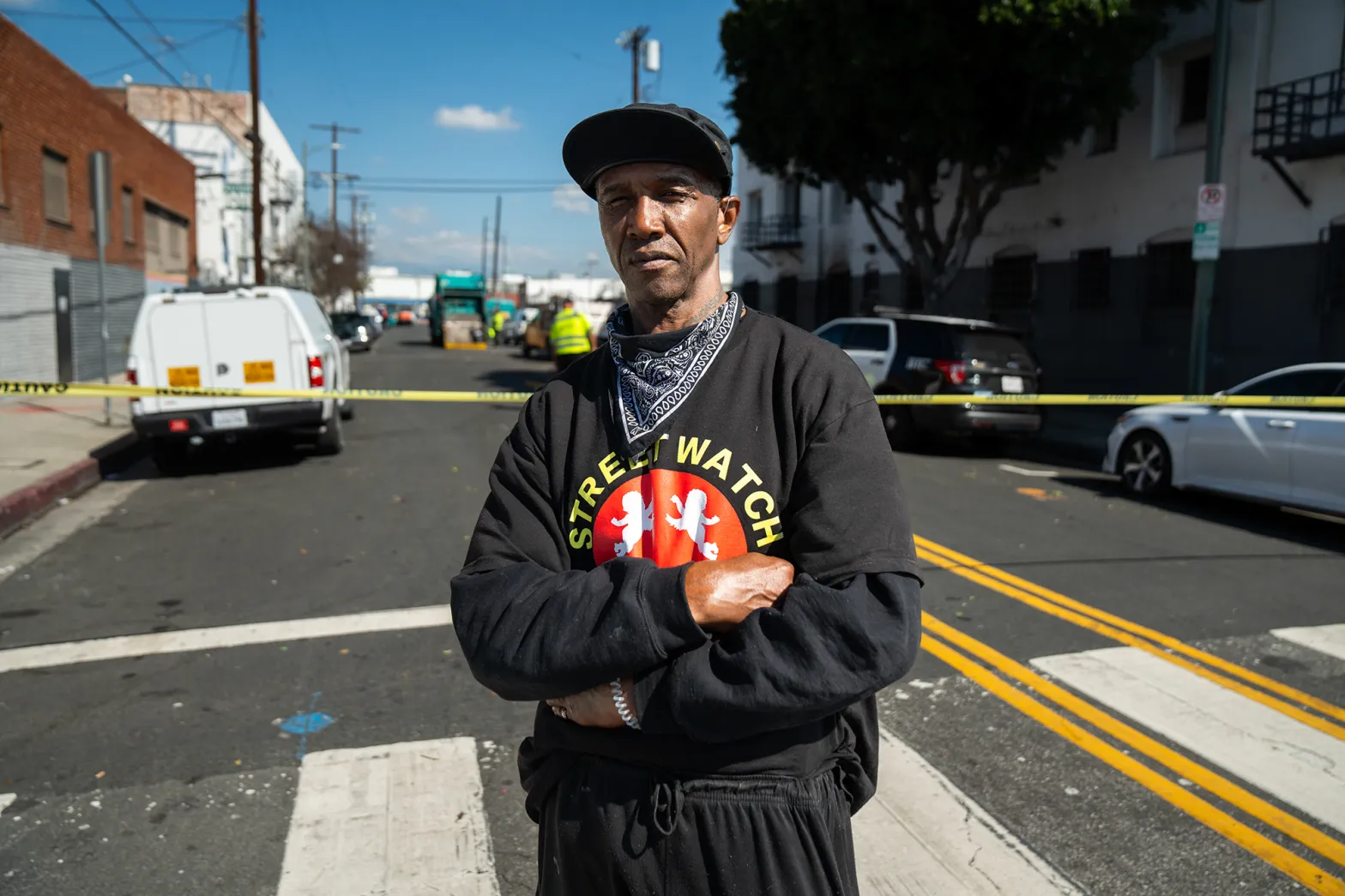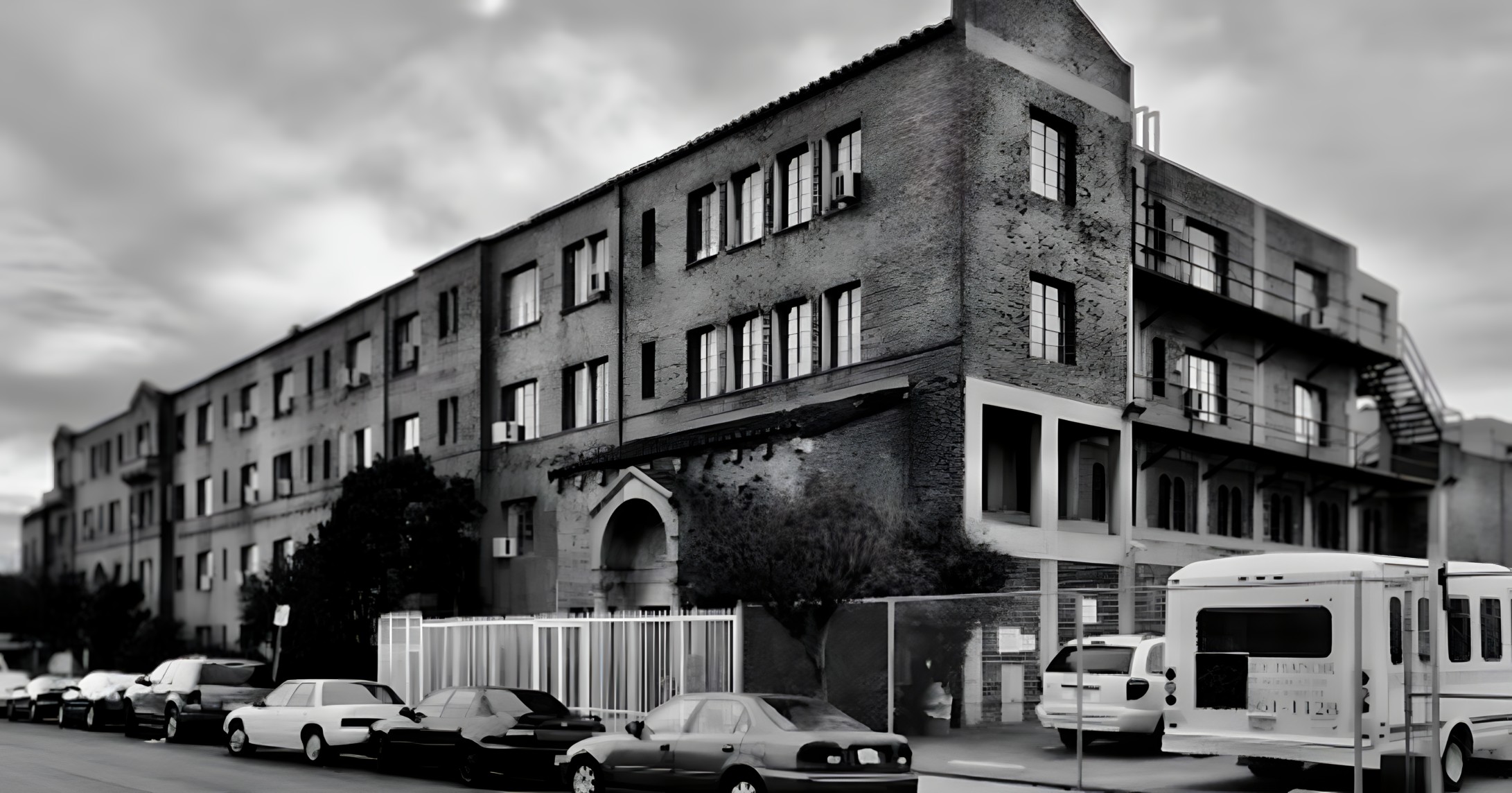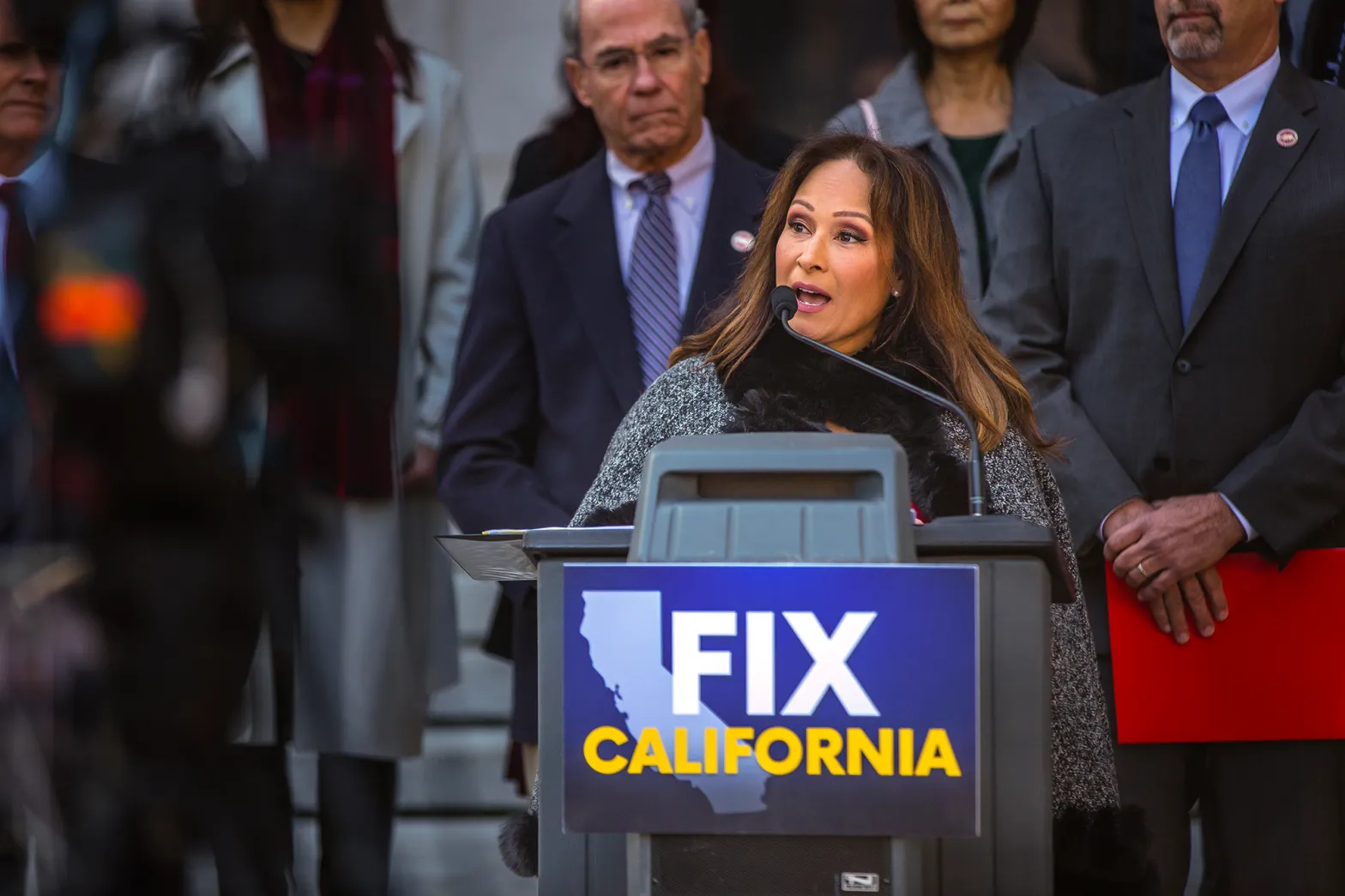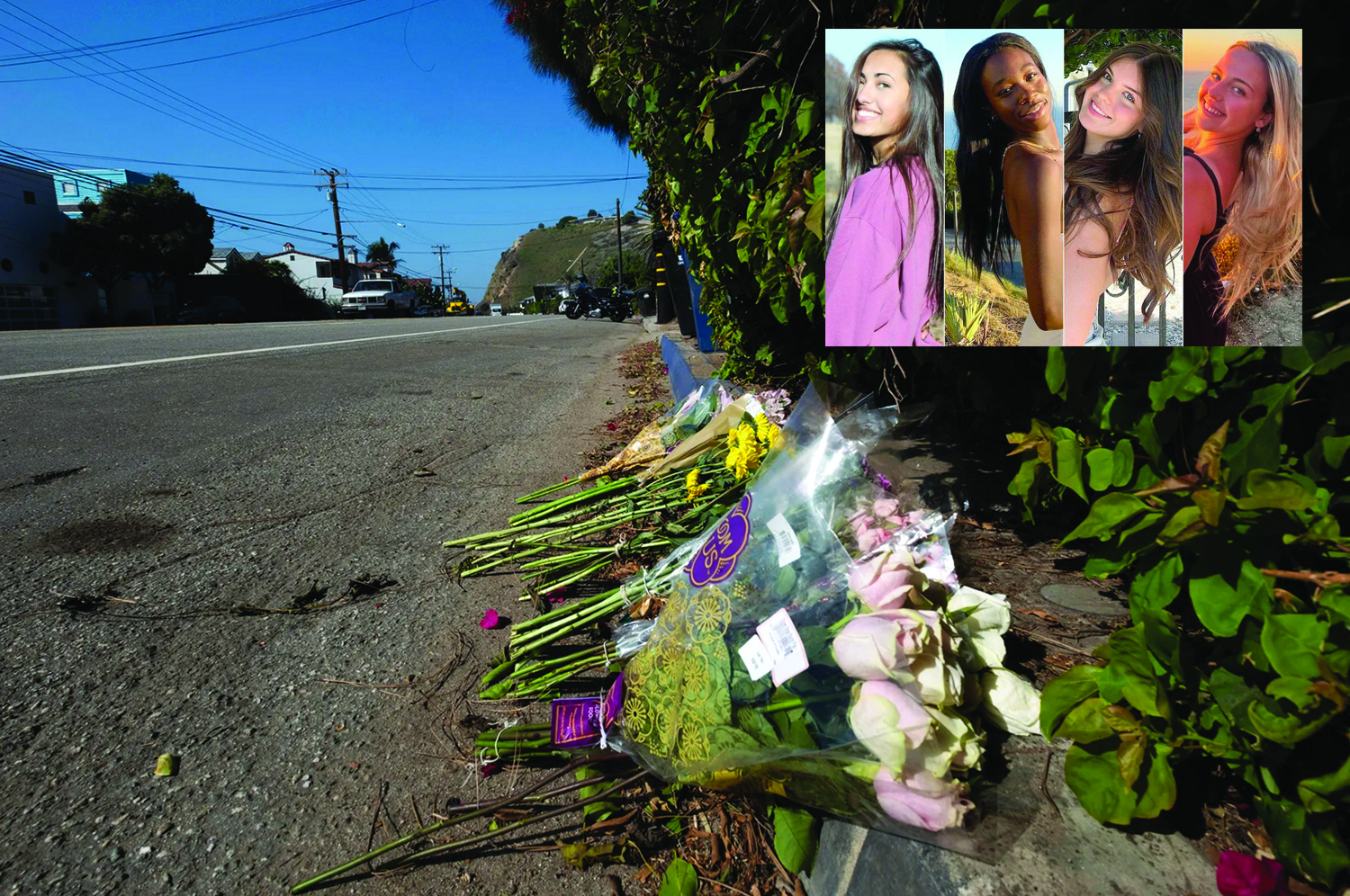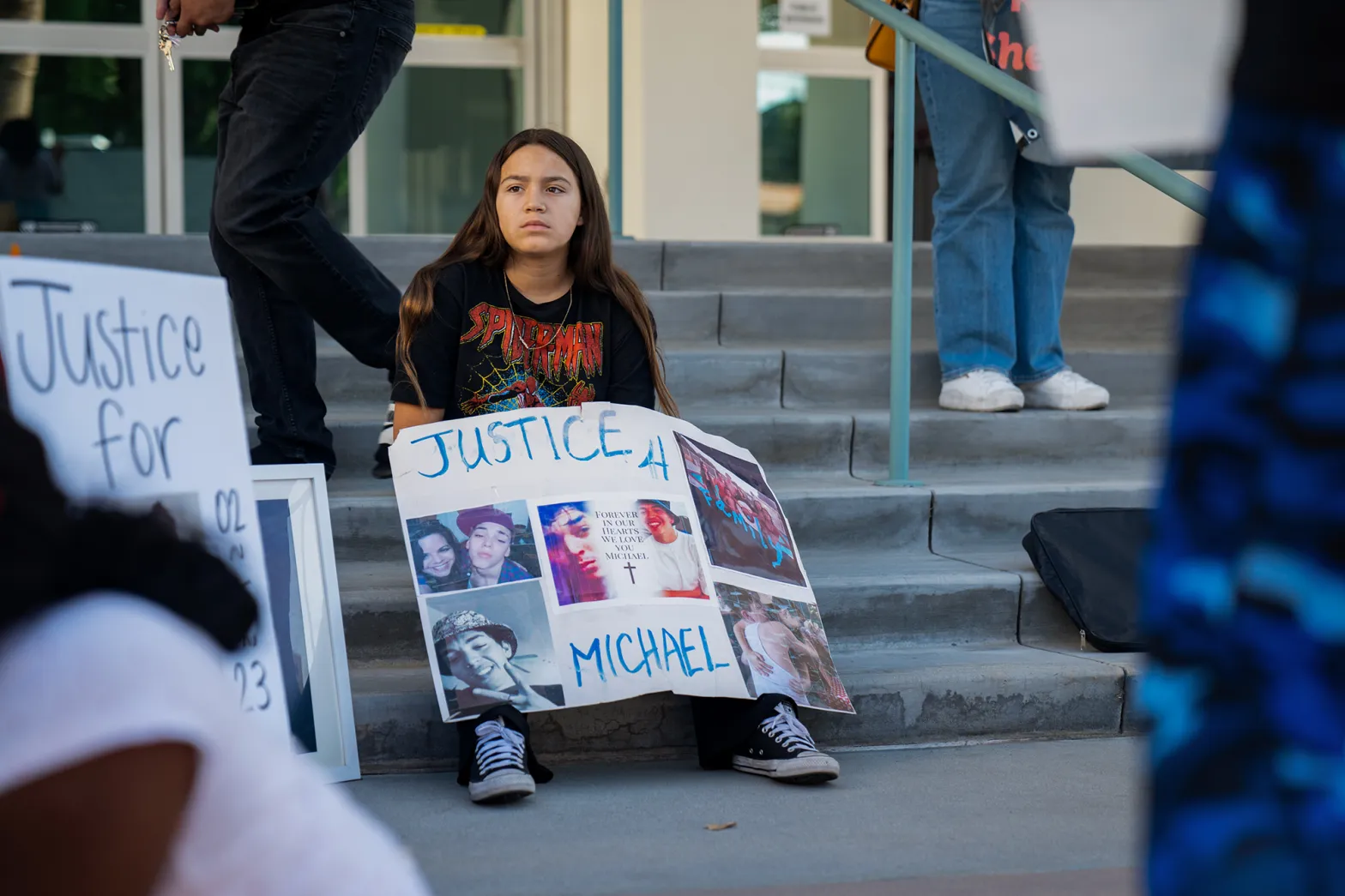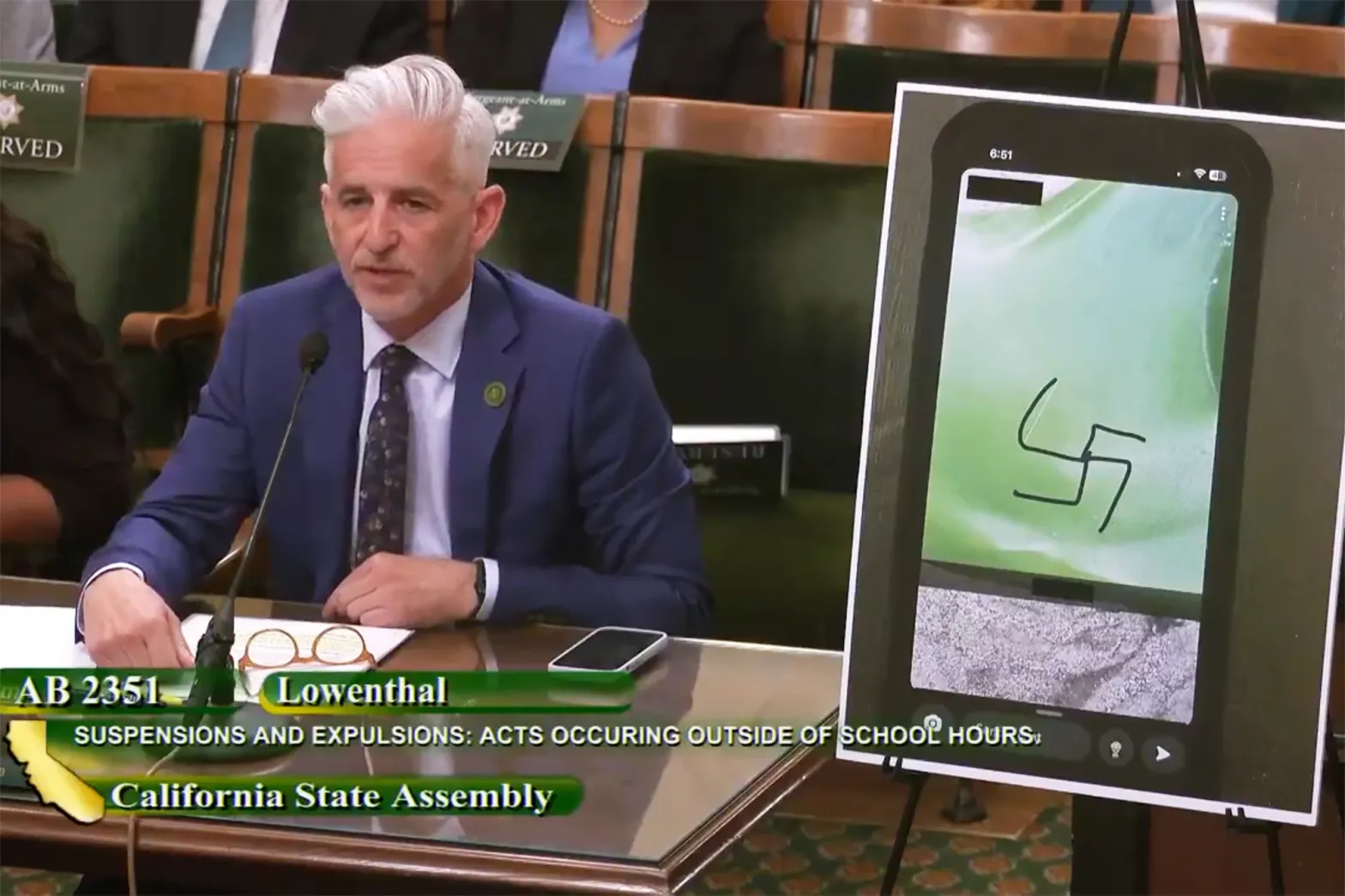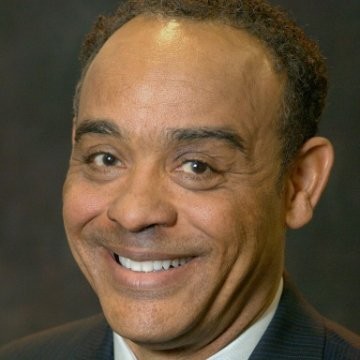ON THE MONEY
By John Grace
Contributing Columnist
As my father, who owned an upholstery shop, would say back in the day, “Let’s get down to brass tacks.”
While we all want to believe things are better now than they were, for the majority of Americans income inequality is worse than you thought. What’s more, it has little to do with political party, gender or race. As you will see, we are indeed all in this together.
BC (Before COVID-19), Forbes magazine made it made it very clear in April 2016, that “90% of Americans are worse off than they were in the early 1970s.” Forbes former contributor, Panos Mourdoukoutas wrote, “Simply put, for the vast majority of Americans, the dream of a better life was lost back in the early 1970s. For the top 10% of the population, those with the right skills, an open American economy was a good thing, a source of efficiency and opportunity that translated into higher real incomes.
For the bottom 90% of the population, those with the wrong skills or little skills, the openness of the U.S. economy was a bad thing, a source of job losses and lower incomes.”
Let’s dig deeper. In 1970, the U.S. median household income was $9,870, and about $6,500 for African Americans, per the Bureau of the Census, now called the U.S. Census Bureau.
Today, average annual income is around $65,000 but $50,000 for Latinx, $40,000 for Blacks, and nearly $90,000 for Asian Americans, says Pew Research. When asked to explain the Asian American income advantage I always say maybe we all should have spent more time in math and science classes.
Let me suggest that when looking at income and wealth that we start with the averages in the U.S. See how the Homer Simpsons of the country are doing first, then look at your family and your neighbors.
Should you concentrate on the people you know that will skew your results. The folks you are the closest to who are above average probably all have more education and earn more money.
On the way to my Crenshaw High School senior year September 1970, I well remember the cost of my new Toyota Corolla for which I paid $2,176. With 1970 median household income around $10,000, that car cost 20% of my income.
With new Corollas selling north of $20,000 today, just to maintain the same 1970 standard of living, the median income needs to be $100,000 today. No matter the complexion of the middle class, they have good reason to feel they have gotten squeezed. Because they have.
At the same time, the top 10% have done exceedingly well, especially with COVID-19, but not so much for the rest of us. Since former President Donald Trump declared a national emergency due to the coronavirus, “614 U.S. billionaires grew their net worth by $931 billion,” the USA Today reported last December.
In 1970, the average home in California cost about $25,000, per realestateabc.com. So that means the price of a home was approximately 2.5 times your $10,000 median U.S. annual income.
In January 2020, single family homes in the San Fernando Valley hit a record high of $740,000, according to parkregency.com. Median household income in the same neighborhood is $71,691, per point2homes.com.
With the median income of $7l,000 and median home price at $740,000, it takes over 10.4 times the income needed to buy a house. To keep buying power the equivalent, SFV homeowners need to earn $320,000 so that home prices remain twice their income. The rich get richer.
If it were the case that the average American family, whether one or two people working, was earning $100,000 and more every year, I maintain we could all enjoy more satisfaction and less stress these days. As of September 2020, one in four adults have had trouble paying their bills since the coronavirus outbreak started, a third have dipped into savings or retirement accounts to make ends meet and about one in six have borrowed money from friends or family or gotten food from a food bank, according to a Pew Research Center study.
Those types of experiences continue to be more common among adults with lower income, those without a college degree, and Black and Hispanic Americans, the study added.
For the majority of Americans, America doesn’t look as “exceptional” as it has in the past.
Since former President Donald Trump declared a national emergency due to the coronavirus, 614 U.S. billionaires grew their net worth by $931 billion.
John L. Grace is president of Investor’s Advantage Corp, a Los Angeles-area financial planning firm that has been helping investors manage wealth and prepare for a more prosperous future since 1979. His On the Money column runs monthly in The Wave.

